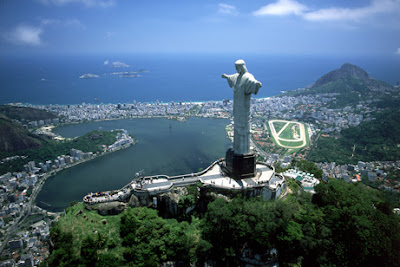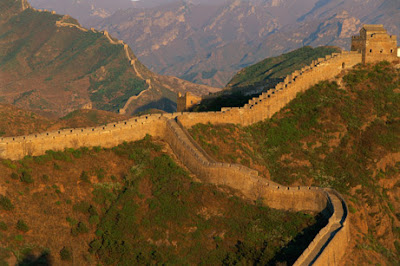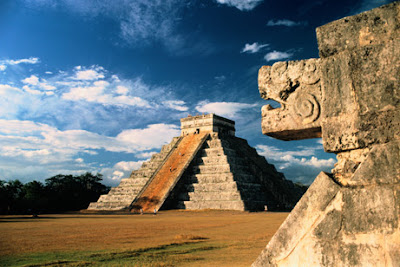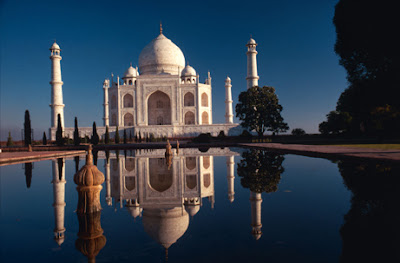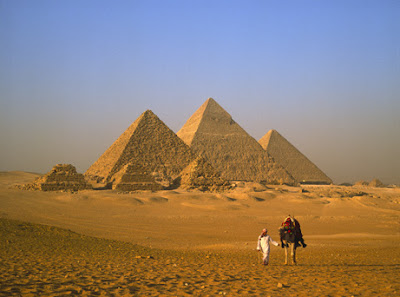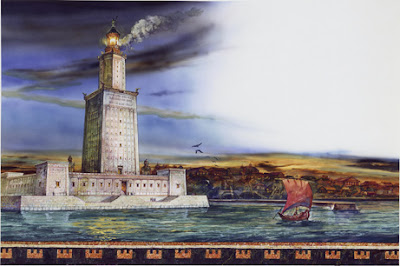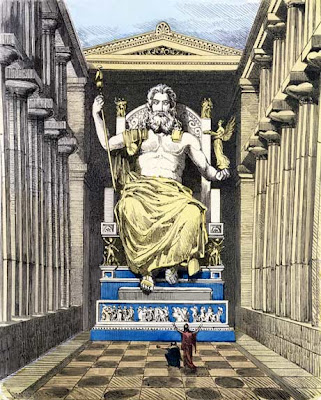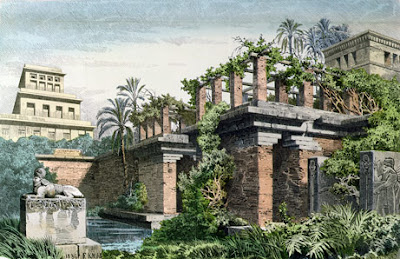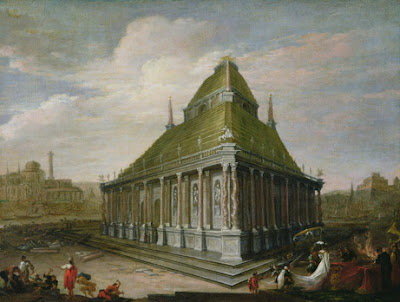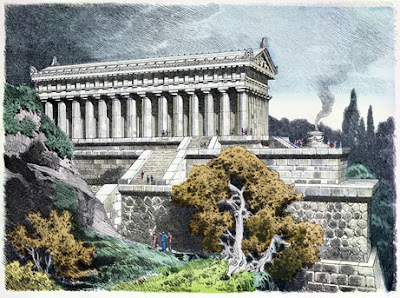The Grand Canyon is a Steeped Sided Carved by the Colorado River in the U.S state of Arizona.It is Largely Contained Within the Grand Canyon National Park.One of the First National Park in the U.S.The longstanding scientific consensus has been that the canyon was created by the Colorado River over a period of six million years, but research released in 2008 suggests a much longer 17 million year time span. The canyon is 277 miles (446 km) long, ranges in width from 4 to 18 miles (6.4 to 29 km) and attains a depth of more than a mile (1.6 km).
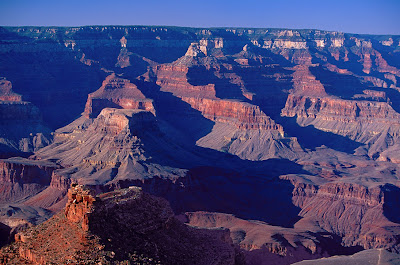
2.Great Barrier Reef:
The Great Barrier Reef is the world's largest coral reef system,composed of over 2,900 individual reefs and 900 islands stretching for 2,600 kilo meters (1,600 mi) over an area of approximately 344,400 square kilo meters (1.330×105 sq mi).The reef is located in the Coral Sea, off the coast of Queensland in northeast Australia.
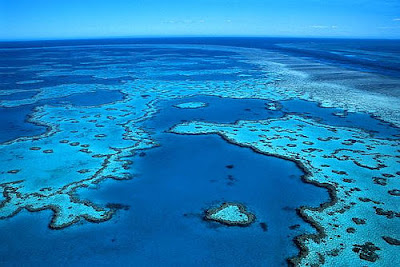
3.Rio de Janeiro:
Rio de Janeiro ("River of January") is the second major city of Brazil. The city is capital of the state of Rio de Janeiro. It was the capital of Brazil for almost two centuries—from 1763 to 1822 while it was a Portuguese colony and from 1822 to 1960 as an independent nation. It was the de facto capital of the Portuguese Empire from 1808 to 1821. Commonly known as just Rio, the city is also nicknamed A Cidade Maravilhosa — "The Marvelous City."

4.Mount Everest:
Mount Everest, also called Chomolungma, Qomolangma or Zhumulangma is the highest mountain on Earth, as measured by the height of its summit above sea level, which is 8,848 meters (29,029 feet). The mountain, which is part of the Himalaya range in High Asia, is located on the border between Sagarmatha Zone, Nepal, and Tibet, China.

5.Aurora (astronomy):
Auroras (North/South Polar Lights) are natural colored light displays in the sky, usually observed at night, particularly in the polar zone. They typically occur in the ionosphere. Some scientists call them "polar auroras". In northern latitudes, the effect is known as the aurora borealis, named after the Roman goddess of dawn, Aurora, and the Greek name for north wind, Boreas. It often appears as a greenish glow or sometimes a faint red, as if the sun was rising from an unusual direction. The aurora borealis most often occurs from September to October and from March to April. The Cree call this phenomenon the Dance of the Spirits.
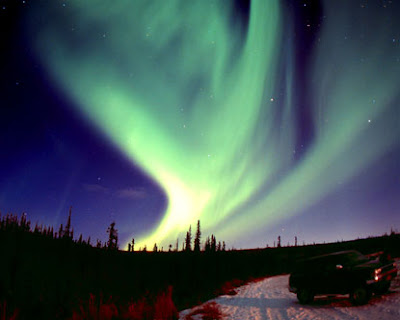
6.Parícutin:
Parícutin is a cinder cone volcano in the Mexican state of Michoacán, close to a lava-covered village of the same name. It appears on many versions of the Seven Natural Wonders of the World. Paricutín is part the Michoacán-Guanajuato Volcanic Field, which covers much of west central Mexico.
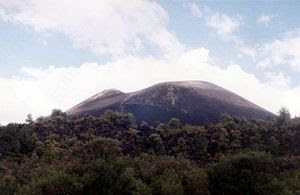
7.Victoria Falls:
The Victoria Falls or Mosi-oa-Tunya (the Smoke that Thunders) is a waterfall situated in southern Africa on the Zambezi River between the countries of Zambia and Zimbabwe. The falls are, by some measures, the largest waterfall in the world, as well as being among the most unusual in form, and having arguably the most diverse and easily seen wildlife of any major waterfall site.

